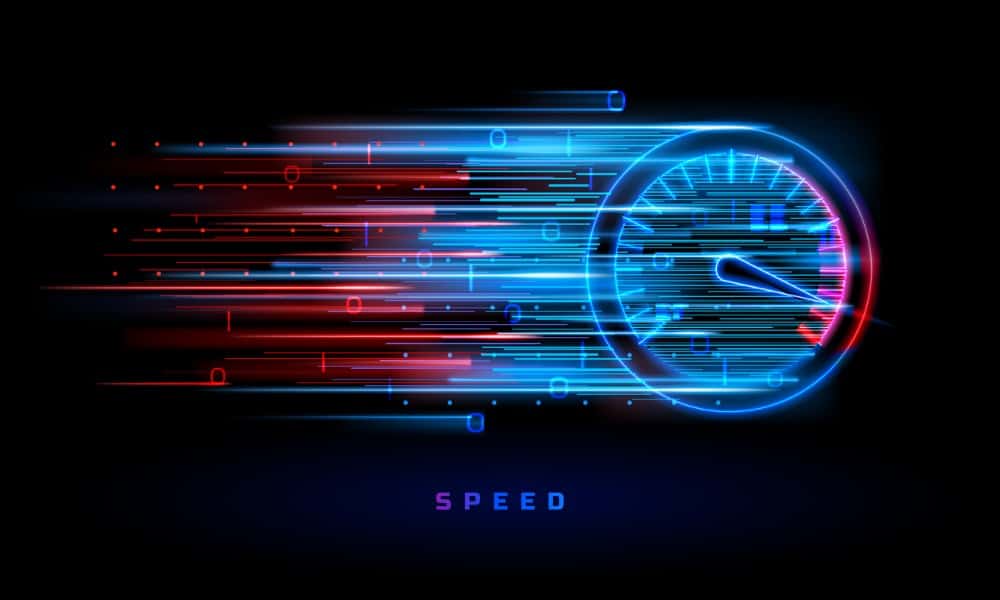How to Turn Off Fast Startup on Windows 11

Fast Startup can make your Windows 11 PC boot up quicker, but it can also cause problems. If you want to switch it off, follow the steps in this guide.
Typically, enabling the Fast Startup feature on Windows allows your PC to boot up faster. However, it can conflict with hibernation and other configured power settings. The feature can also cause problems with Windows Update and dual-boot PCs.
Since Fast Start logs off users and writes boot information to the Hiberfil.sys file in memory, it can cause various issues, but you can disable it. If you have problems during boot, you can turn off Fast Startup on Windows 11 using the steps below.
What is Fast Startup on Windows?
The Fast Startup feature has been available in previous versions of Windows. It is a hybrid power mode that combines hibernation and shutdown power processes to speed up boot times.
The hibernation mode on Windows allows you to shut down your PC while saving your work and allowing you to pick up where you left off faster. Your session is saved to a file called Hiberfil.sys on your drive.
Fast Startup combines the shutdown and hibernation power techniques by logging users out and saving the memory content to the local drive. So, faster boot time is achieved as most services and apps are restored from the previous session.
However, it’s not without its faults. For example, even Microsoft notes that Fast Startup can conflict with Windows Update. In addition, it can interfere with dual-boot systems and cause dual-boot options to stop showing.
How to Turn Off Fast Startup on Windows 11
The Fast Startup feature is generally helpful for quicker boot times but can adversely affect updates, hard drives, and dual-boot systems.
It’s enabled by default on many PCs, but if you suspect that it’s causing problems, turning it off is straightforward.
To disable Fast Startup on Windows 11:
- Press the Windows key to launch the Start menu.
- Type CPL and select Control Panel from the top result.


- Select the Hardware and Sound option when the Control Panel opens.


- Click Power Options from the menu.


- Select the Choose what the power button does link in the left panel.


- Click the Change settings that are currently unavailable link at the top.


- Uncheck the Turn on fast startup (recommended) box.
- Click the Save Changes button under the shutdown settings.


How to Fix a Missing Fast Startup Feature
If the Fast Startup option is missing in your power settings menu, it’s likely due to the hibernation feature missing. You can easily enable hibernation from PowerShell.
Ensure you run PowerShell with elevated privileges and run the following command:
powercfg.exe /hibernate on


Once you enable the feature, open Control Panel, follow the above steps, and turn off the Fast Startup option.
How to Disable Fast Startup via Group Policy Editor
If you are running Windows 11 Pro, Enterprise, or Education editions, you can disable Fast Startup by using the Group Policy Editor.
To turn off Fast Startup via Group Policy:
- Press Windows key + R or right-click the Start menu and select Run.
- In Run, type gpedit.msc and click OK or press Enter.


- Once Group Policy Editor opens, navigate to the following location:
Computer Configuration\Administrative Templates\System\Shutdown


- Double-click the Require use of fast startup setting in the right panel.


- Set it to Disabled and click Apply and OK at the bottom.


Manage Your Power Settings on Windows 11
While Fast Startup is meant to speed the boot process, certain systems may not need it based on their configuration. If you suspect the Fast Startup feature is causing problems with updates, dual-boot, and other power settings, turning it off is straightforward using the above steps.
There are other power settings you might need to manage on Windows 11. For example, you can enable power mode if your laptop is laggy on battery power. If you are trying to balance power consumption and performance, consider creating a custom power plan on Windows 11.
Also, before configuring power options, check your PC’s supported power features. Looking for ways to get the most from your laptop’s battery? Check out these seven tips to improve battery life on Windows 11.
Leave a Reply
Leave a Reply
